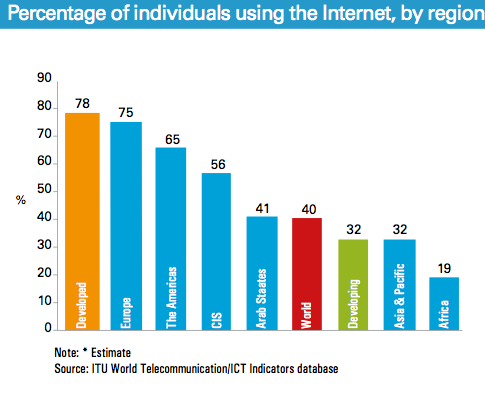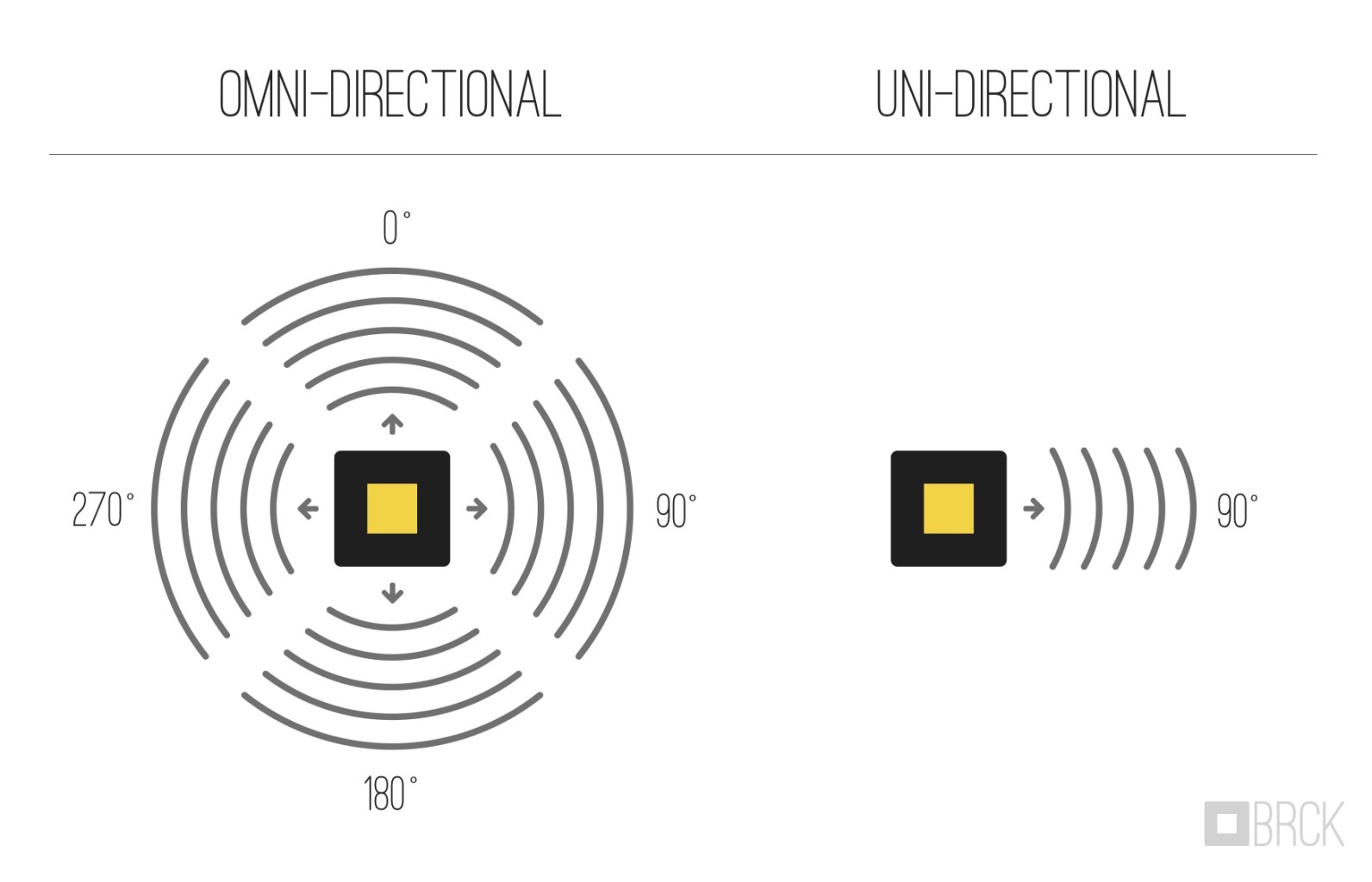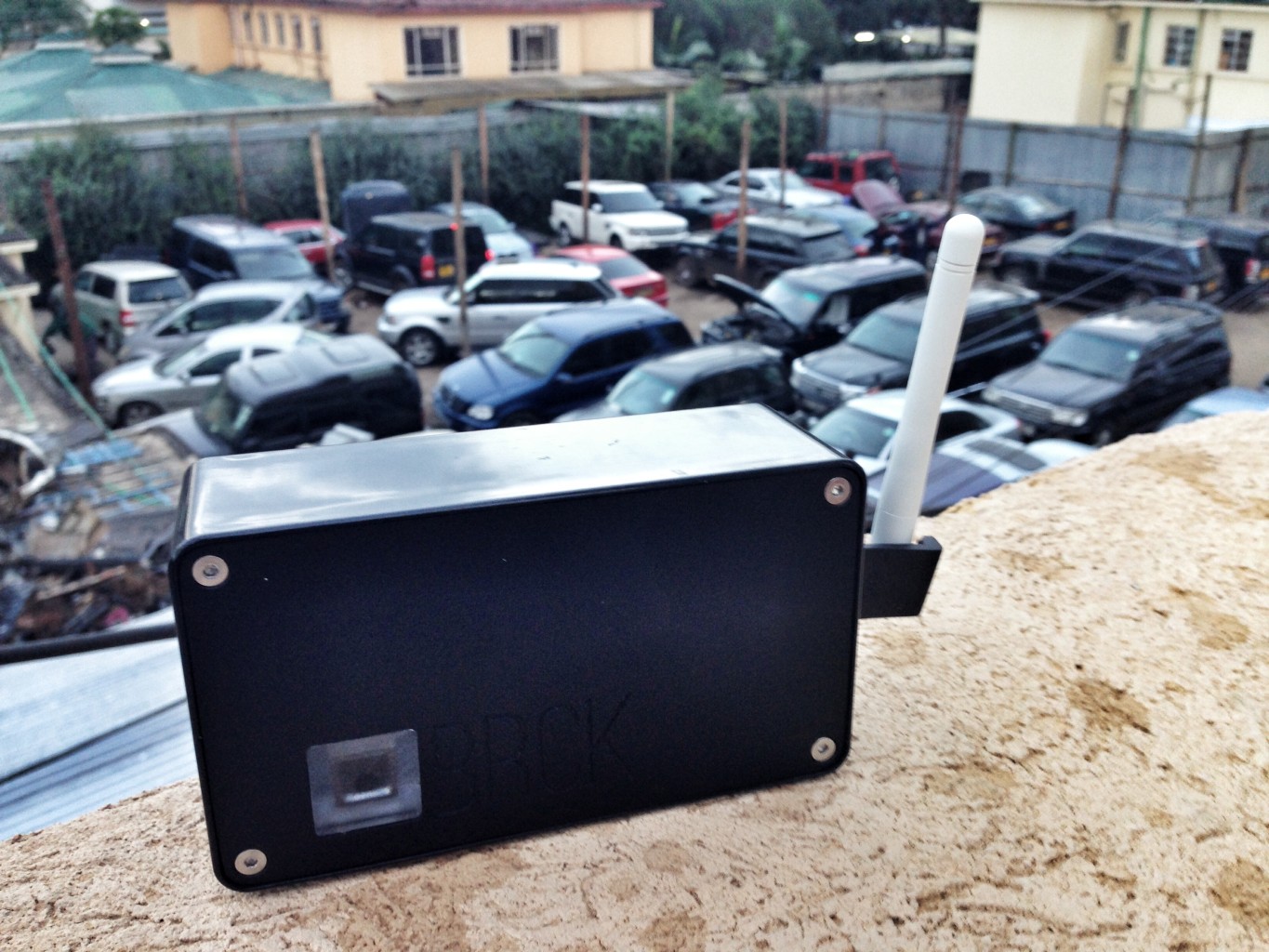“40% of the world is on the internet” and other 2014 stats
The ITU has just put out a new report showcasing some astounding numbers on general internet penetration, mobile broadband (wireless) use, and how the developing world compares to the rest.
[2014 ICT Facts and Figures ITU (1.7Mb PDF download)]
A couple of the interesting statements and figures
- Internet user penetration has reached 40% globally, 78% in developed countries and 32% in developing countries. 2014 growth rates in developed countries remain at a relatively low, at 3.3% compared with 8.7% in developing countries.
- In developed countries, mobile-broadband penetration will reach 84%, a level four times as high as in developing countries (21%).
- Mobile-broadband penetration in Africa reaches close to 20% in 2014, up from 2% in 2010
- Almost 7 billion mobile-cellular subscriptions worldwide – The developing countries are home to more than three quarters of all mobile-cellular subscriptions.
- Fixed-broadband growth is slowing down in developing countries.
- Almost 3 billion people (40%) are using the internet.

Percentage of individuals using the internet, by region, 2014
- In Africa, almost 20% of the population will be online by end 2014, up from 10% in 2010.
- 2013/14 growth rates in the developing world will be more than three times as high as those in the developed world (12.5% growth compared with 4%)




